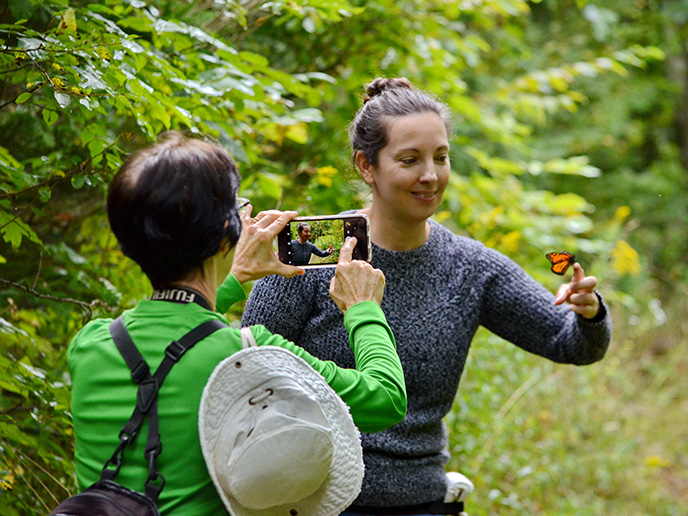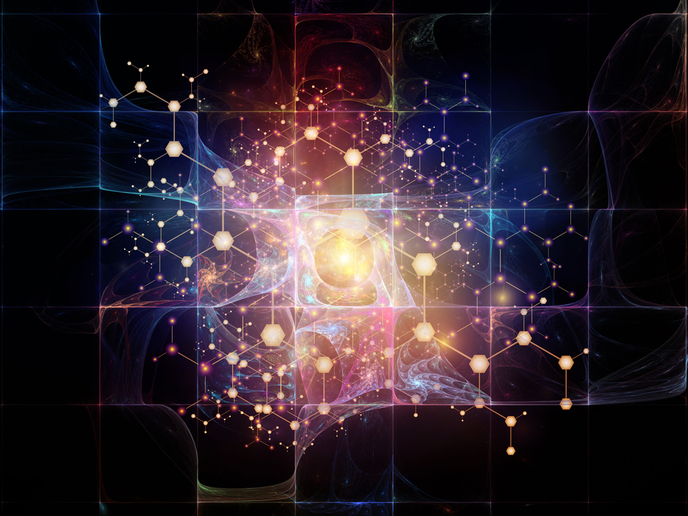Revolutionary machine learning technique predicts quantum behaviour
Quantum many-body theory(opens in new window) is the conceptual framework researchers use to understand the behaviour of systems comprising many interacting quantum particles, such as electrons in solids. As these systems are governed by the principles of quantum mechanics, they exhibit complex phenomena that cannot be understood by studying individual particles in isolation. “The challenge is to identify common patterns and principles that reveal fundamental aspects of quantum matter, enabling us to better classify quantum phases and transitions,” explains Markus Heyl(opens in new window) from the University of Augsburg. Better understanding such phases and transitions could have significant technological implications. The mlQuDyn(opens in new window) project, funded by the European Research Council(opens in new window) and coordinated by Heyl, innovated powerful machine learning methods to develop an advanced theoretical description of quantum matter, with predictions unattainable using conventional theoretical methods. “By training neural networks to approximate quantum wave functions and time-evolved states, we successfully tackled some of the most challenging quantum physics problems, previously difficult to simulate due to their underlying complexity,” says Heyl.
Revolutionary neural networks capture quantum dynamics
The initiative benefited from the combined interdisciplinary insights of quantum theory, data science and deep learning, leveraging machine learning’s ability to represent and manipulate the highly complex, abstract and counter-intuitive phenomena in quantum physics. The key challenge of quantum many-body theory is that the so-called ‘fundamental object’ of a many-body quantum system – the wave function – typically requires storage capacities exceeding all hard-disk space on Earth. Within mlQuDyn, this challenge is met by compressing the information of the wave function into an artificial neural network. This relied on the team’s groundbreaking invention of a machine learning technique called ‘minimum-step stochastic reconfiguration’ (minSR) which trains the underlying artificial neural networks to an unprecedented level. “Our completely new approach has revolutionised the field, overcoming traditional limitations surprisingly easily, to offer more accurate and efficient simulations and boost the predictive power of quantum theory,” explains Heyl. “What is groundbreaking about our compact and scalable achievement is that it makes 2D representations of complex quantum many-body systems theoretically accessible for the first time.”
Two groundbreaking results
Firstly, thanks to minSR the team explored complex quantum matter in hitherto inaccessible physical situations, including some of the most challenging quantum magnets known as frustrated quantum magnets(opens in new window), in unprecedented detail. Secondly, the team achieved the first-ever detailed study of one of the key dynamical predictions in quantum theory, known as the Kibble-Zurek mechanism(opens in new window) – introduced in cosmology to explain the formation of the universe while it cooled down after the Big Bang. To ensure reliability and accuracy, the simulations were successfully introduced to known physical phenomena and tested in regimes with well-established benchmarks, resulting in validation of the approach against existing theoretical and numerical results.
Advancing quantum applications, with implications beyond
As a fundamental research project, mlQuDyn paves the way towards future advanced technological applications. “Our breakthroughs offer a key step towards a versatile toolbox for exploring quantum dynamics in previously inaccessible systems, opening new avenues in quantum science and materials discovery. Results could contribute to technologies currently under development, such as quantum metrology, quantum simulations and quantum computing,” adds Heyl. The next steps will involve further tackling complexity within quantum matter known as strongly-correlated electronic systems(opens in new window) – amongst the most challenging problems in physics. According to Heyl, it also has the potential to impact fields beyond quantum theory such as evolution in biophysics, especially for exploring how complex gene sequences can form based on simple physical principles.







